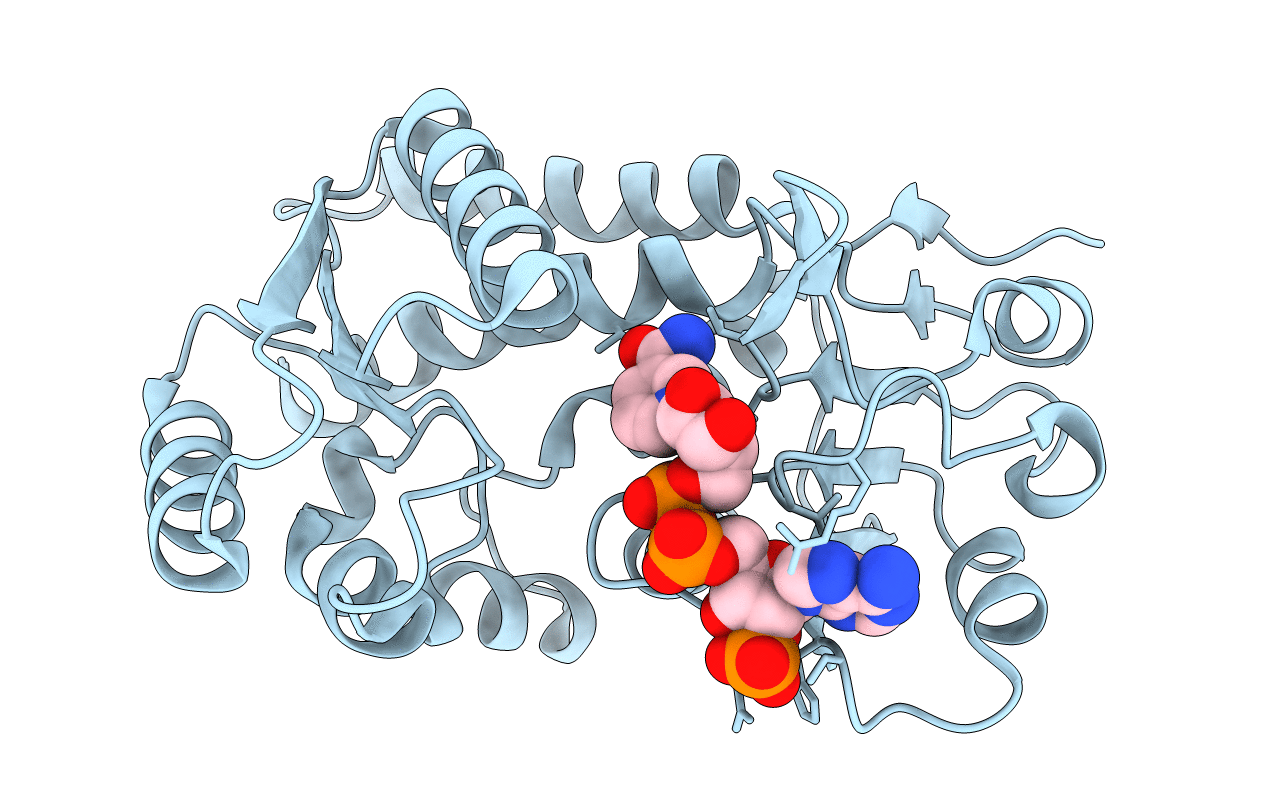
Deposition Date
2019-12-06
Release Date
2020-05-27
Last Version Date
2023-10-11
Entry Detail
PDB ID:
6V6Y
Keywords:
Title:
Crystal Structure of T. thermophilus methylenetetrahydrofolate dehydrogenase (MTHFD)
Biological Source:
Source Organism:
Host Organism:
Method Details:
Experimental Method:
Resolution:
2.15 Å
R-Value Free:
0.24
R-Value Work:
0.21
R-Value Observed:
0.21
Space Group:
P 32 2 1


